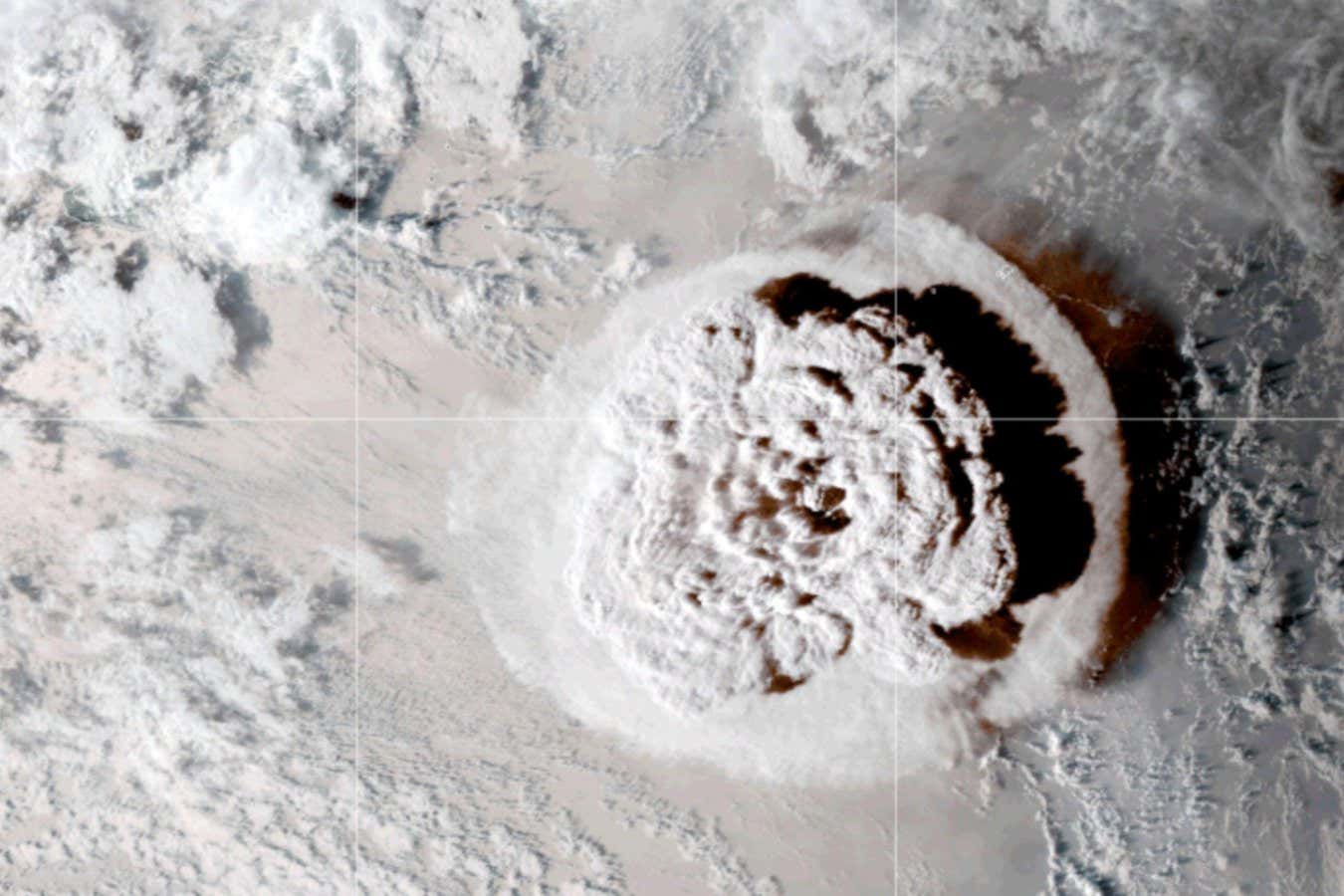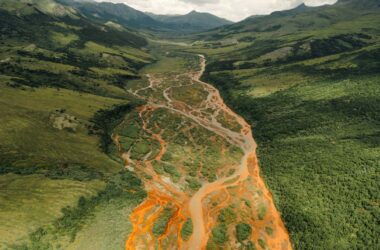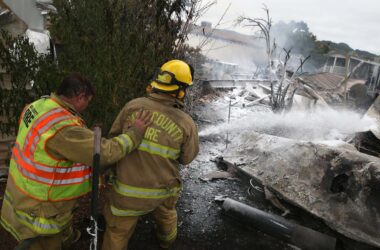The eruption of the Hunga Tonga-Hunga Haʻapai volcano in Tonga last year was so powerful that it disrupted satellites on the other side of the planet. This event serves as a warning that similar disruptions could occur again in the future, emphasizing the need for improved seismic activity prediction.
The eruption, which occurred in January 2022, was the most explosive of the 21st century, resulting in tsunamis reaching heights of 90 meters and shooting ash 57 kilometers into the sky. Researchers, including Atsuki Shinbori from Nagoya University in Japan, have now demonstrated that it also caused disruptions in satellite communications thousands of miles away.
GPS satellites are particularly vulnerable to equatorial plasma bubbles (EPB), a phenomenon characterized by areas of low pressure that form and rise like bubbles through the atmosphere. During daylight, the sun’s rays ionize the F region of the atmosphere, which is located 150 to 800 kilometers above the Earth’s surface. This ionization increases the density of the ionosphere, particularly near the equator due to the sun’s intensity.
When night falls, these ions recombine and can form EPBs that interfere with the transmission of radio waves through the atmosphere, affecting GPS signals. While scientists previously knew that winds could also create EPBs, the role of volcanic activity in their formation remained theoretical.
Shinbori explains that advancements in technology have allowed for integrated data analysis, enabling researchers to establish a definitive link between volcanic activity and EPBs. Scientists had observed degradation of GPS signals during the Tonga eruption, and after analyzing data from various sources, including the EPB-detecting Arase satellite, the Himawari-8 satellite monitoring air pressure waves, and ground-based ionospheric observations, Shinbori and his colleagues found evidence of EPBs in equatorial to low-latitude Asia following the arrival of the volcanic eruption’s pressure waves. This research underscores the importance of better prediction of volcanic activity to mitigate the disruptive effects on satellites.
In conclusion, the eruption of the Tongan volcano had far-reaching consequences, causing disruptions to satellite communications worldwide. The findings highlight the urgent need to enhance our ability to predict seismic events for better preparedness and mitigating potential future disruptions.








